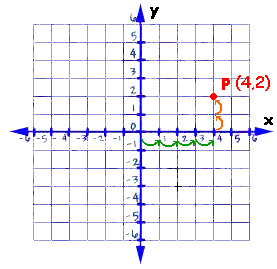Some research behind computer graphics before I begin my project and make my own film poster.
Computers graphics software is used in the production of every single contemporary film poster, even if this process involves simply overlaying photographs on top of each other.
There are two primary categories of computer graphics; Raster (AKA Bitmap) and Vector images.
Raster Images
A raster image is made up of lots of pixels (picture elements). Pixels are individual squares that can only display one colour at a time. By grouping many different pixels together we can present an image.
If you increase the size of a bitmap image you are simply increasing the display size of each pixel within the image. Here is an example from the film Borat.
Vector Graphics
Vector graphics work by storing a set of instructions of how to draw each shape as opposed to storing static pixels. This means simple geometric shapes, logos and text are easy to create but detailed pictures like photographs loose detail in this format.
Each start and end point of a line is the same as an (x,y) coordinate on a graph; we can manipulate the position of these points easily.
Colours for both graphic types are stored as numbers, often between 0 (black) and 255 (white). We usually store three numbers to represent each colour, consisting of red green and blue.
-
Red Value: 0 - 255
-
Green Value: 0 - 255
-
Blue Value: 0 - 255
For example, this colour
is stored as
R: 214 G: 22 B: 147


No comments:
Post a Comment